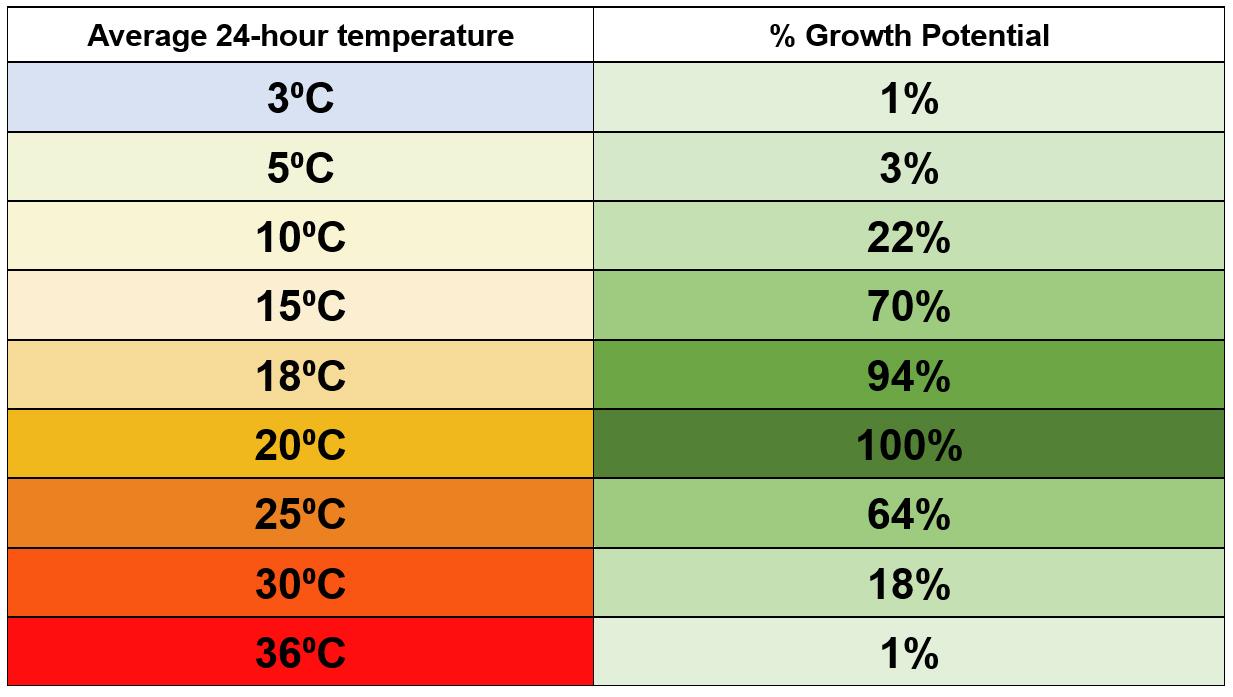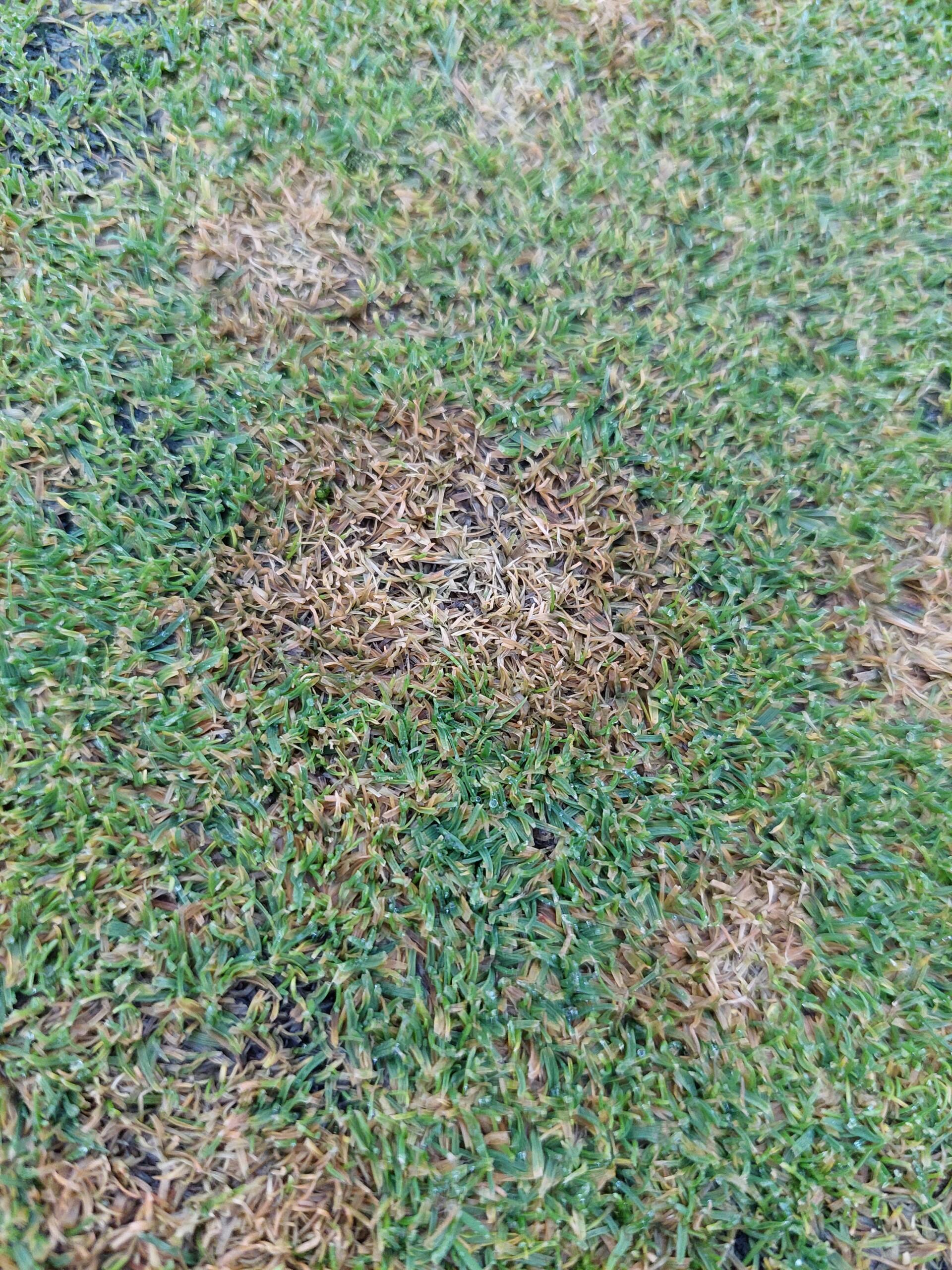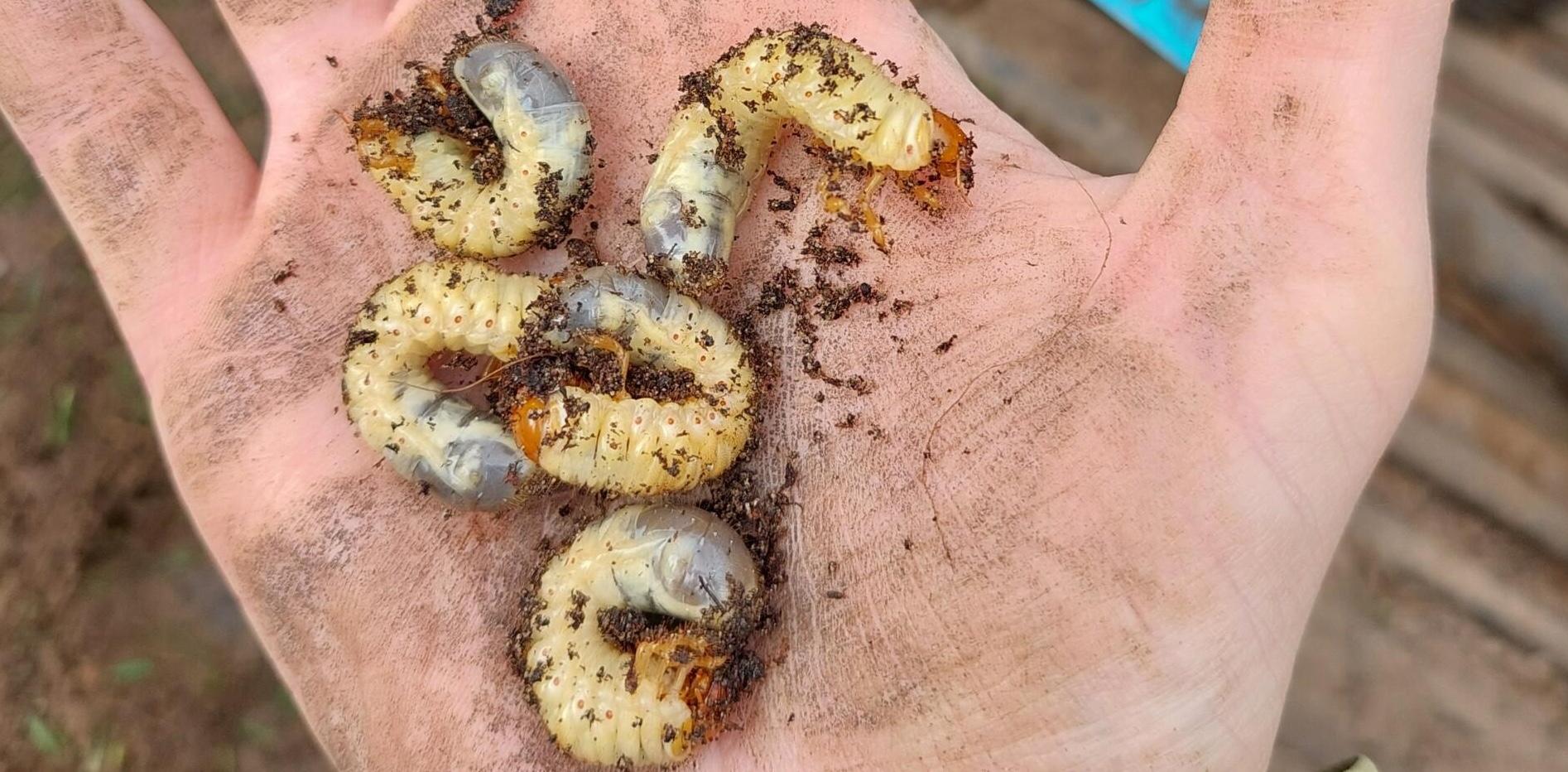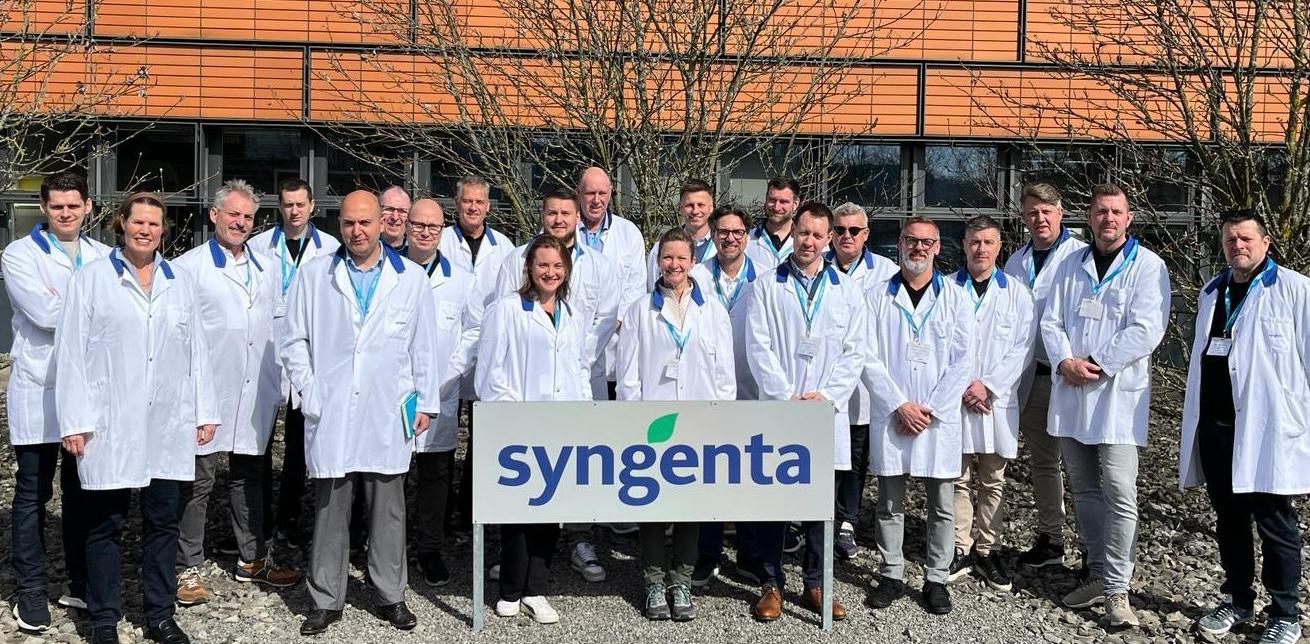Being in the UK & Ireland we’ll want to be looking at cool season growth potential (GP), this encompasses all the cool season grass species, to the exclusion of warm season grasses like zoysia & bermuda, which will respond differently as they are for more pleasant temperature regions.
What the plant wants
Grass ‘wants’ to grow (if grass really wants anything) it needs certain things to do this, so whether you are looking to slow it down in the summer or capitalise on pockets of growth for recovery in the cooler months its important to have an understanding of what’s driving that.
Grass needs a few things in order to grow:
- Water
- Light
- Temperature
- Nutrition (macro & micro nutrients)
- Carbon dioxide (CO2)
- Oxygen (O2)
If you limit any of the above you slow grass growth.
Each is on a sliding scale with a sweet spot, too little or too much of any will slow grass growth.
e.g. sky high evapotranspiration (ET) rates on unirrigated fairways in the height of summer can lead to stunted growth – the turf may go dormant.
Temperature and Growth Potential
GP is all based on temperature. Which sort of factors in light, as sunlight is the main driver behind temperature.
When we are at a high GP that’s generally driven by lots of sunlight warming the air temperature.
This means that in practice the plant has lots of light available for photosynthesis and warm temperatures which mean that internal processes in the plant happen more rapidly, and so growth is faster.
When we just get high light intensity, but its still really cold (early spring) or under LED grow lights we can see purpling as the plant is being limited by something (in this case temperature) and so it can’t make the most of all that light. Glenn wrote a nice blog on this a few years back.
When you think of GP you need to remember that all the rest of the factors listed can limit the true growth potential;
Least likely to limit potential for grass growth:
- CO2 it’s pretty hard to limit outdoors…
- Oxygen to roots for respiration, would only be limited by severe compaction, or extended periods of waterlogging
More likely:
- Nutrition
- Water
Both are needed in adequate supply for normal plant processes, and so growth.
So, if we have everything else in balance, temperature becomes the leading lady of grass growth, enter Growth Potential!
Read more about Growth potential in the Insight article here.
The GP model is all based on average temperature – that’s the average temperature in 24 hours, so the day and night.
When we see 20°C in the table below it’s easy to think we see that often, but that needs some pretty warm nights to bring on. Don’t get mixed up with min and max temperatures, which are popular in our day to day lives, it’s all about average temperature for GP!

This table presents the temperature and the corresponding cool season grass growth potential.
You could just remember which temperature leads to best or worst growth, but where we can simply that and just think in terms of percentages that makes it a lot easier.
The Turf Advisor app presents GP really well and I’d recommend anyone looking to start monitoring GP to download it and use that.
![]()
Growth potential is interesting for a number of reasons, one being it’s use in helping to inform fungicide selection.
When will I get the longest protection from a contact fungicide like Medallion?

With the changeable weather we’ve been seeing some disease around so keep track of growth potential if you are looking to get an application out.
There are temperatures at which our GP is low so we don’t get turf growth/recovery, and Microdochium is active, we’re well into that season now to be vigilant.





